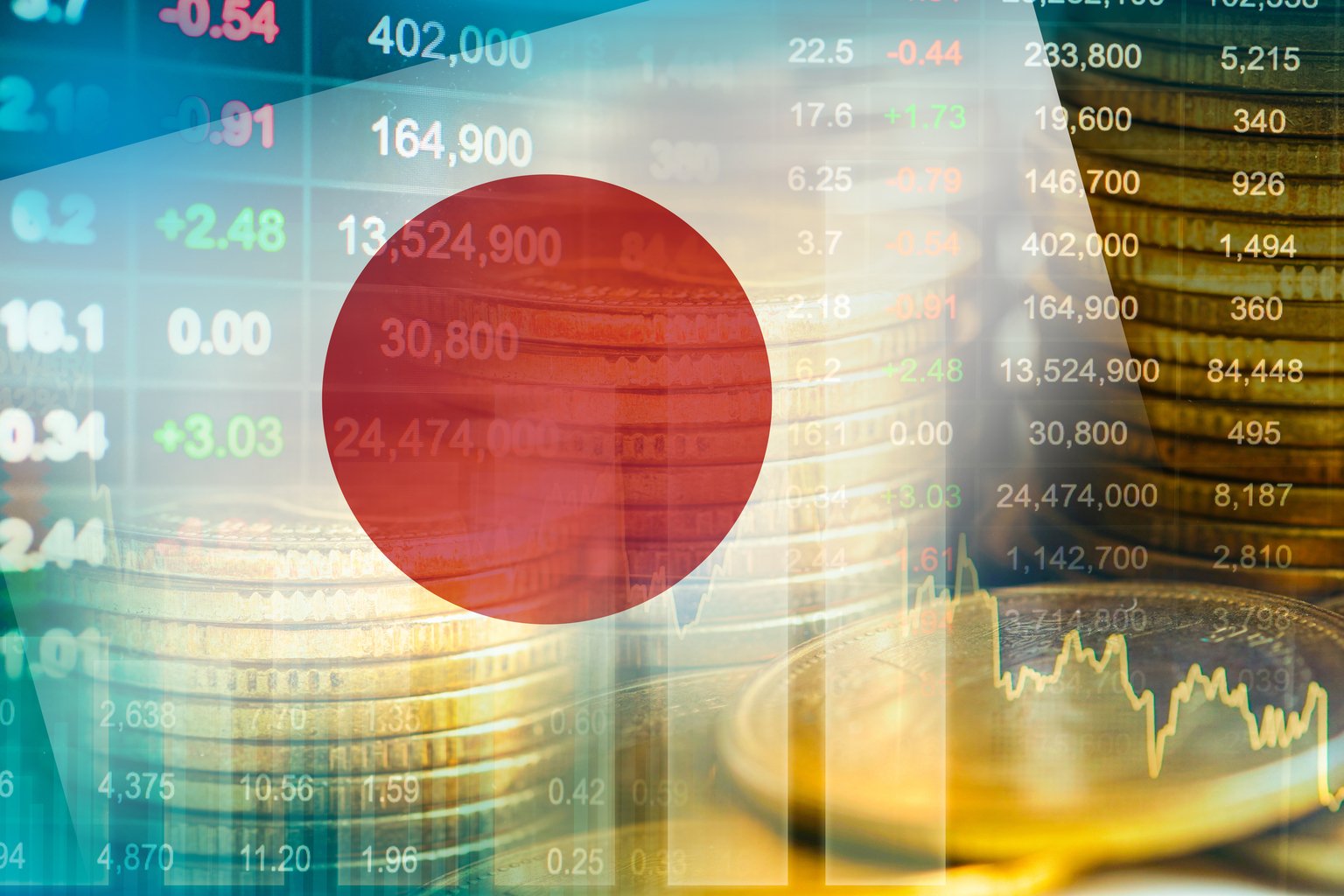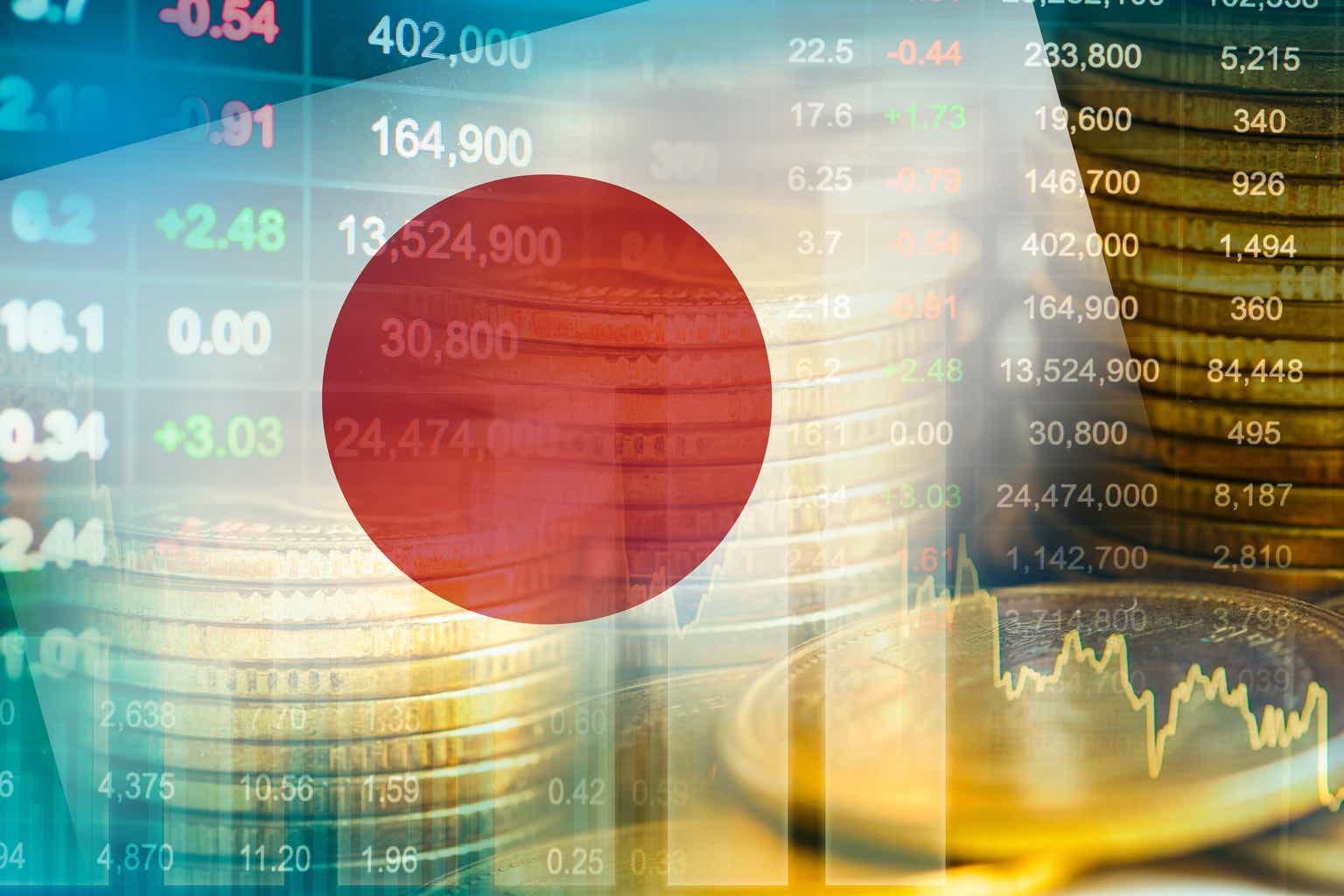manassanant pamai
By Dina Ting, CFA, Head of Global Index Portfolio Management, Franklin Templeton ETFs
Promising signs of growth and reform in Japan are instilling investors with renewed optimism, revitalizing the country’s stock market. Dina Ting, Head of Global Index Portfolio Management for Franklin Templeton Exchange-Traded Funds, delves into these positive developments and sheds light on Japan’s expanding economic prospects.
High-profile endorsements of Japanese blue chips ignited optimism in Tokyo’s markets last year as the yen depreciated. An expected macro regime shift from deflation to inflation, robust corporate earnings and Japan’s corporate governance reform efforts, such as improved shareholder advocacy, are fueling further optimism in 2024.
The bullishness comes despite Japan’s fall in world rankings – when Germany eclipsed it recently as the world’s third-largest economy – following a surprise technical recession in the third quarter of 2023. Prospects for wage growth also continue to underpin the country’s still-sluggish private consumption and capital spending.
Fortunately, however, economists anticipate Japan’s 2024 wage hikes to be higher than last year’s already encouraging increase of 3.6% – the highest in three decades.1 Japanese union leaders have been amplifying calls for wage hikes to exceed last year’s levels, with Prime Minister Fumio Kishida also urging the need for broader, sustained hikes that rise above inflation.
In late February, the Nikkei 225 also broke its highest level since 1989 (the year Nintendo’s Game Boy was first released), making Japanese stocks some of the best developed market performers thus far this year.2 Market exuberance over artificial intelligence (AI) at a “tipping point” and the sharp depreciation of the Japanese yen has led to even more foreign investors buoying Japan’s stock market.
Aggregate net profits for listed Japanese manufacturers grew more than 20% annualized for the April-to-December period,3 due to price hikes and brisk auto and machinery sales resulting from a solid US economy. In fact, the FTSE Japan RIC Capped Index, up 5.8% year-to-date, has seen its biggest gains from the auto-heavy consumer discretionary sector.4
As investors continue to sour on China, they have shifted investment to other Asian markets. Despite its demographic challenges (which other high-income nations also face), Japan benefits not only from a climate in which corporate profits are continuing to grow but from more diversification than semiconductor-centric markets as Taiwan and South Korea, where the information technology sector respectively comprises 63% and 33% of their benchmarks.5
This is not to say that the reboot to Japan’s semiconductor industry is insignificant. On the contrary, it serves as another reason we feel its markets may be poised for more potential upside. Just as other governments have been emphasizing the need to build up their domestic chip industries, Japanese officials have also pushed to regain leadership in the onshore manufacturing of advanced chips. This month, with backing from heavyweights Sony and Toyota, Taiwan’s biggest chipmaker announced plans to expand its operations in Japan’s southern Kumamoto region, with the goal of having a second new factory operational there before 2028. Japanese government subsidies of about US$4.9 billion6 have been slated for the second factory, and successive large amounts of government support for both factories should benefit not only the industry but employment and the local economy.
In our opinion, these trends may lay the groundwork for Japanese companies to extend a virtuous cycle of pay increases, which may ultimately convince the country’s central bank to depart from its negative interest-rate policy. For investors who are now re-evaluating their global asset allocations, we believe Japan-focused exchange-traded funds are worth considering for a cost-effective approach to addressing underweights to Japan Inc.7
What are the risks?
All investments involve risks, including possible loss of principal.
Equity securities are subject to price fluctuation and possible loss of principal. International investments are subject to special risks, including currency fluctuations and social, economic and political uncertainties, which could increase volatility. These risks are magnified in emerging markets. Investments in companies in a specific country or region may experience greater volatility than those that are more broadly diversified geographically.
ETFs trade like stocks, fluctuate in market value and may trade above or below the ETF’s net asset value. Brokerage commissions and ETF expenses will reduce returns. ETF shares may be bought or sold throughout the day at their market price on the exchange on which they are listed. However, there can be no guarantee that an active trading market for ETF shares will be developed or maintained or that their listing will continue or remain unchanged. While the shares of ETFs are tradable on secondary markets, they may not readily trade in all market conditions and may trade at significant discounts in periods of market stress.
Commissions, management fees, brokerage fees and expenses may be associated with investments in ETFs. Please read the prospectus and ETF facts before investing. ETFs are not guaranteed, their values change frequently, and past performance may not be repeated.
Any companies and/or case studies referenced herein are used solely for illustrative purposes; any investment may or may not be currently held by any portfolio advised by Franklin Templeton. The information provided is not a recommendation or individual investment advice for any particular security, strategy, or investment product and is not an indication of the trading intent of any Franklin Templeton managed portfolio.
1. Source: “Results of spring wage negotiation final responses.” JTUC-Rengo. June 30, 2023.
2. Source: Bloomberg, February 22, 2024. The Nikkei 225, or the Nikkei Stock Average, more commonly called the Nikkei or the Nikkei index, is a stock market index for the Tokyo Stock Exchange. Past performance is not an indicator or a guarantee of future performance. Indexes are unmanaged and one cannot invest directly in an index. Important data provider notices and terms available at www.franklintempletondatasources.com.
3. Source: “Japan manufacturers’ profits rise 20% on strong U.S. showing.” NikkeiAsia, February 12, 2024.
4. Source: Bloomberg, February 22, 2024. The FTSE Japan RIC Capped Index represents the performance of Japanese large- and mid-capitalization stocks. Securities are weighted based on their free float-adjusted market capitalization and reviewed semiannually. Past performance is not an indicator or a guarantee of future performance. Indexes are unmanaged and one cannot invest directly in an index. Important data provider notices and terms available at www.franklintempletondatasources.com.
5. Source: Bloomberg, February 22, 2024. The FTSE Taiwan RIC Capped Index and FTSE South Korea RIC Capped Index represent the performance of their respective country’s large- and mid-capitalization stocks. Securities are weighted based on their free float-adjusted market capitalization and reviewed semiannually.
6. Source: “Japan prepares $4.9bn in funds for TSMC’s 2nd Kumamoto chip plant.” NikkeiAsia. February 23, 2024.
7. Japan Inc. is the country’s modern, highly centralized economic system and development strategy of export-led growth.
Editor’s Note: The summary bullets for this article were chosen by Seeking Alpha editors.
This article was written by















